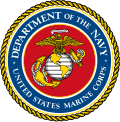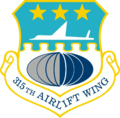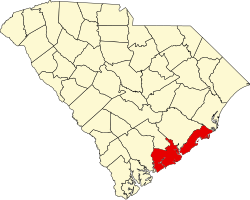Goose Creek | |
|---|---|
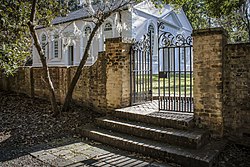 | |
| Motto: "Small Town Vibe. Big Time Recreation." | |
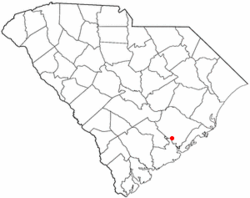 Location in South Carolina | |
| Coordinates: 33°00′36″N80°00′26″W / 33.01000°N 80.00722°W [1] | |
| Country | United States |
| State | South Carolina |
| County | Berkeley |
| Incorporated | 1961 |
| Named after | A creek resembling a goose [2] |
| Area | |
• Total | 42.84 sq mi (110.95 km2) |
| • Land | 42.34 sq mi (109.67 km2) |
| • Water | 0.49 sq mi (1.28 km2) 1.14% |
| Elevation | 13 ft (4.0 m) |
| Population | |
• Total | 45,946 |
| • Density | 1,085.0/sq mi (418.93/km2) |
| Time zone | UTC−5 (Eastern (EST)) |
| • Summer (DST) | UTC−4 (EDT) |
| ZIP Code | 29445 |
| Area codes | 843, 854 |
| FIPS code | 45-29815 [5] |
| GNIS feature ID | 2403714 [1] |
| Website | cityofgoosecreek |
Goose Creek is the most populous city in Berkeley County in the U.S. state of South Carolina. The population was 45,946 at the 2020 census, making it the 7th-most populous city in the state. [6] Most of the Naval Weapons Station Charleston is in Goose Creek. As defined by the U.S. Office of Management and Budget, and used only by the U.S. Census Bureau and other federal agencies for statistical purposes, Goose Creek is included within the Charleston-North Charleston, SC Metropolitan Statistical Area.




